Google Pixel company have set the standard for smartphone photography since their release six years ago. Google has managed to establish itself in a few years in an industry where competitors was nonetheless extremely experienced, thanks to cutting-edge software correction and hyper-performance optics. Back on track with these seven smartphone ranges that have never failed to excite in the world of photography.
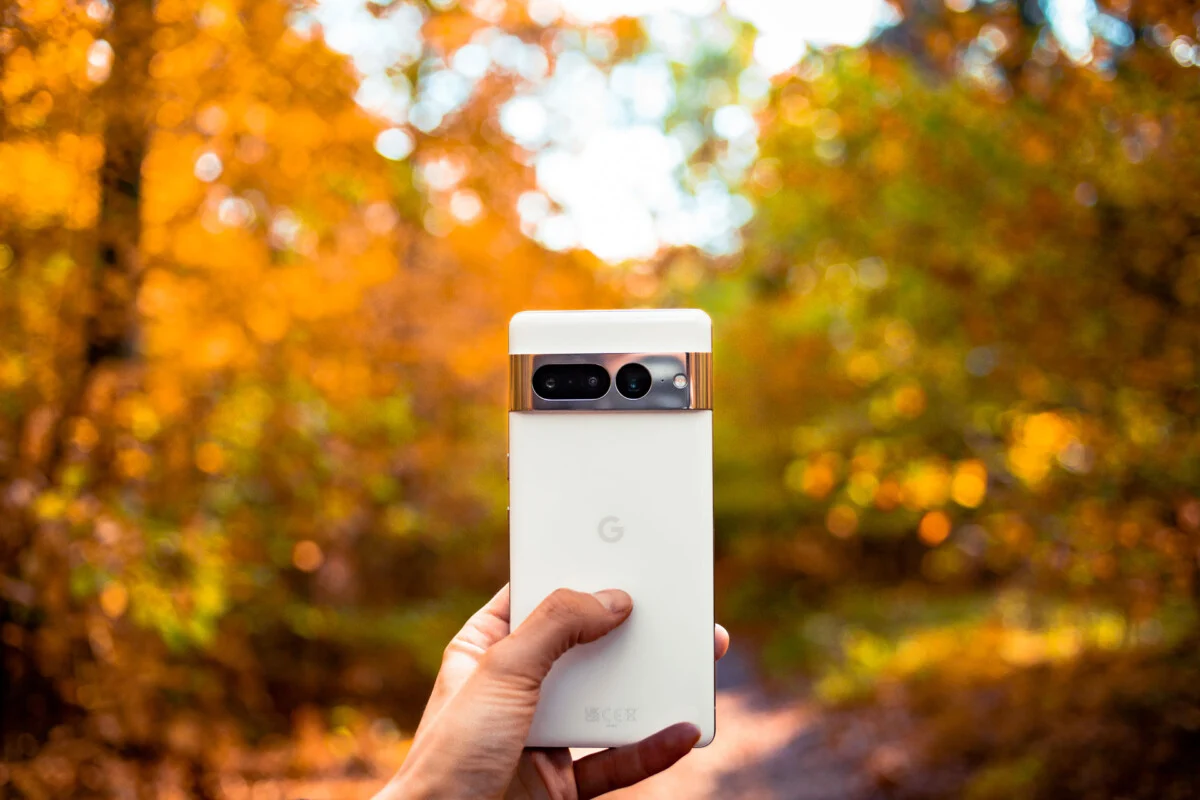
Google has taken the opposite stance on smartphone photography trends since the debut of the first Google Pixel. Even more impressive, his wagers have always paid off: fewer sensors, but higher quality, fair and fast software processing, a lower price, but without any actual sacrifices. Discover the highlights of the Pixel series with us, from the initial Google Pixel to its consecration with the Google Pixel 6 and Google Pixel 7.
THE FIRST GOOGLE PIXEL: A PAGE TURNS WITH A SMARTPHONE ( ALMOST ) 100% MADE BY GOOGLE
The year 2016 is a watershed moment for Google’s smartphone division. There will be no more Nexus devices based on a version of Android designed primarily for developers. Google-marketed smartphones will now target a broader audience in order to provide everyone with the much-appreciated Google experience.
![]()
Mountain View’s company is modifying its approach and polishing its interface in order to continue to excite highly technical profiles while also enticing customers who want to deliver the best of Google in a smartphone. Google then launches the first Google Pixel with an Android 7 Nougat version of the key and a smartphone all Android, easy, intuitive, and with a decidedly modern appearance.
![]()
On the photographic front, the company is already powerful and succeeds in dethroning direct competition with a modest 12.3 megapixel module. The press then unanimously praises the “quick device, excellent visuals, and brilliant colors.” Furthermore, this first model can film in 4K and provide a solid image without the use of optical stabilization.
GOOGLE PIXEL 3: WELCOME TO GOOGLE IN EUROPE
Thus, Google will have had two years to establish itself in the United States and cross the Atlantic by storming the European market. As a result, the Pixel 3 line will be available in 2018. The opportunity to put our site literary skills to the test, particularly in photography.
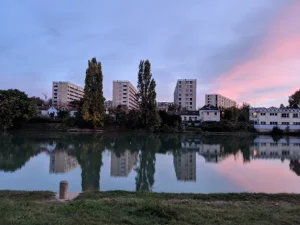

With a modest 12.2 megapixel picture module and a little aid from computational photography, the manufacturer provides clean shots, good colorimetry, and image quality that is still excellent in 2022. Because Google’s undeniable strength is its software repair. An item that helps to ensure that your images are great in all situations.
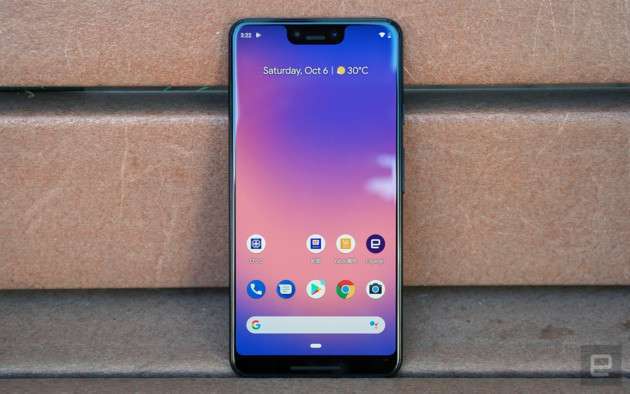
As a result, Google introduces Night Sight option, which, in addition to HDR Plus mode, provides for rich, detailed pictures in low-light circumstances. Finally, optical stabilization has arrived on the Pixel line. A tool that will not be removed from Google smartphones.
READ ALSO : Best Webcam PC and Mac to Look After 2022
As a result, it may be found on Pixel 4, 5, and 6, all varieties combined. With the release of the Google Pixel 4 in 2019, Google also added a second picture sensor to its rear camera. Google was no longer required to prove itself at the moment. The Pixel 4 range is once again the greatest in photography, thanks to the addition of a second sensor.
GOOGLE PIXEL 6: GOOGLE TENSOR’S BIG PUMP ARRIVAL
But, while Google continues to focus on the Pixel 4 and 5 series, it is with the Pixel 6 series that the Mountain View behemoth introduces a new dimension to smartphone photography. This is the first line to include a processor created solely by Google: the Google Tensor.
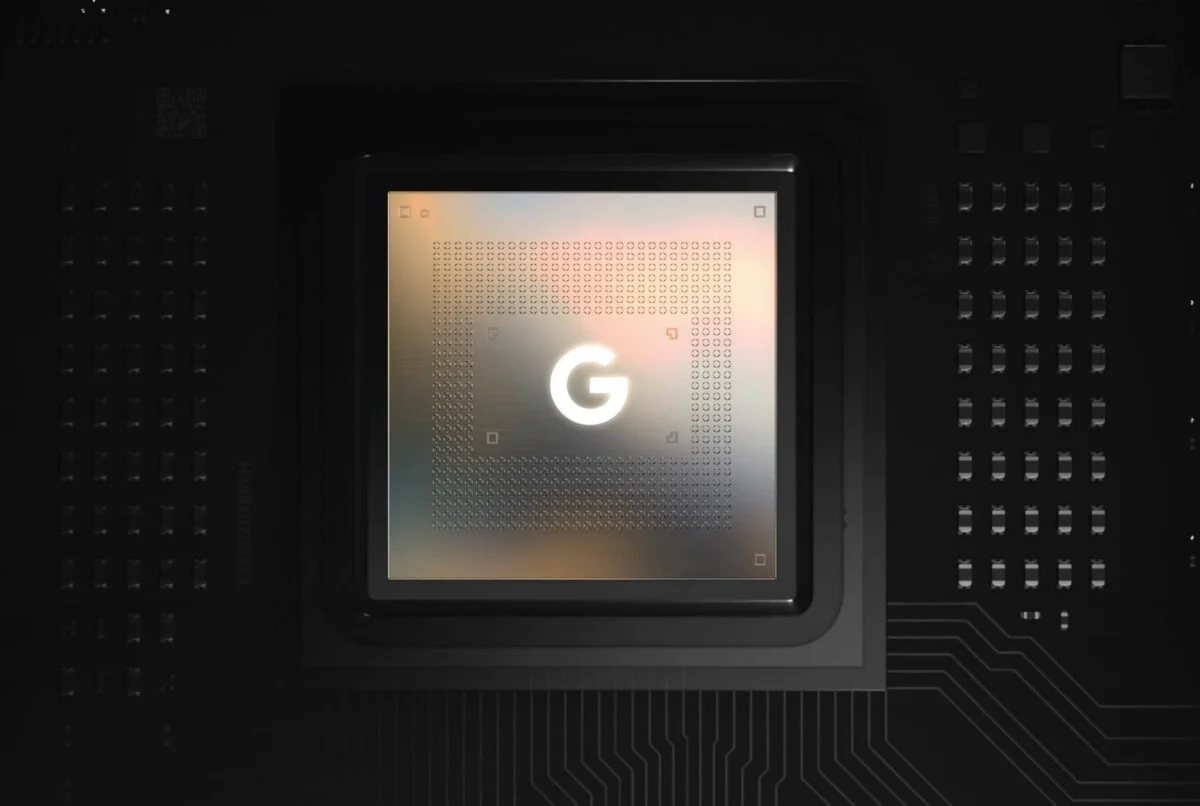
This home processor is crucial in image processing thanks to Google’s expertise. It is owing to him, for example, that you may utilize tools like the magic eraser (which allows you to easily delete an element that destroys your photo, such as a trash can or a stone…) or improve the brightness, contrast, or background blur settings.
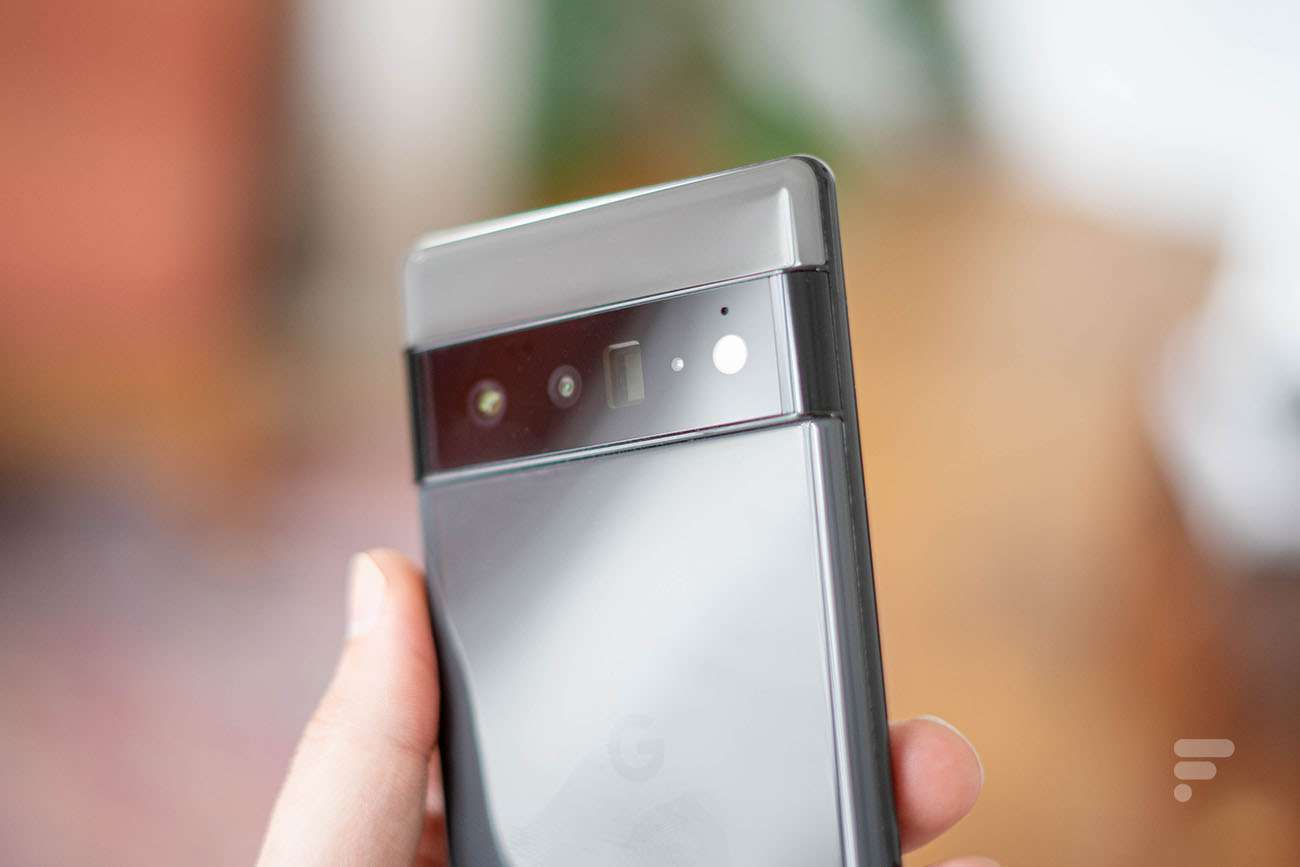
A crucial step forward that enables Google to provide extraordinary photo quality that no competitor has been able to replicate and that will be remembered as “the Google paw.” And where Mountain View’s company scores a point is that this paw and this photo quality can be found on all three of its models: the Pixel 6, the Google 6 Pro and the Pixel 6a.
GOOGLE PIXEL 7: THE CULMINATION
Google has cemented its photographic monopoly this year with the Pixel 7 family. As a result, the Pixel 7 Pro scored a very good score of 8/10, while the Pixel 7 received a 9/10.
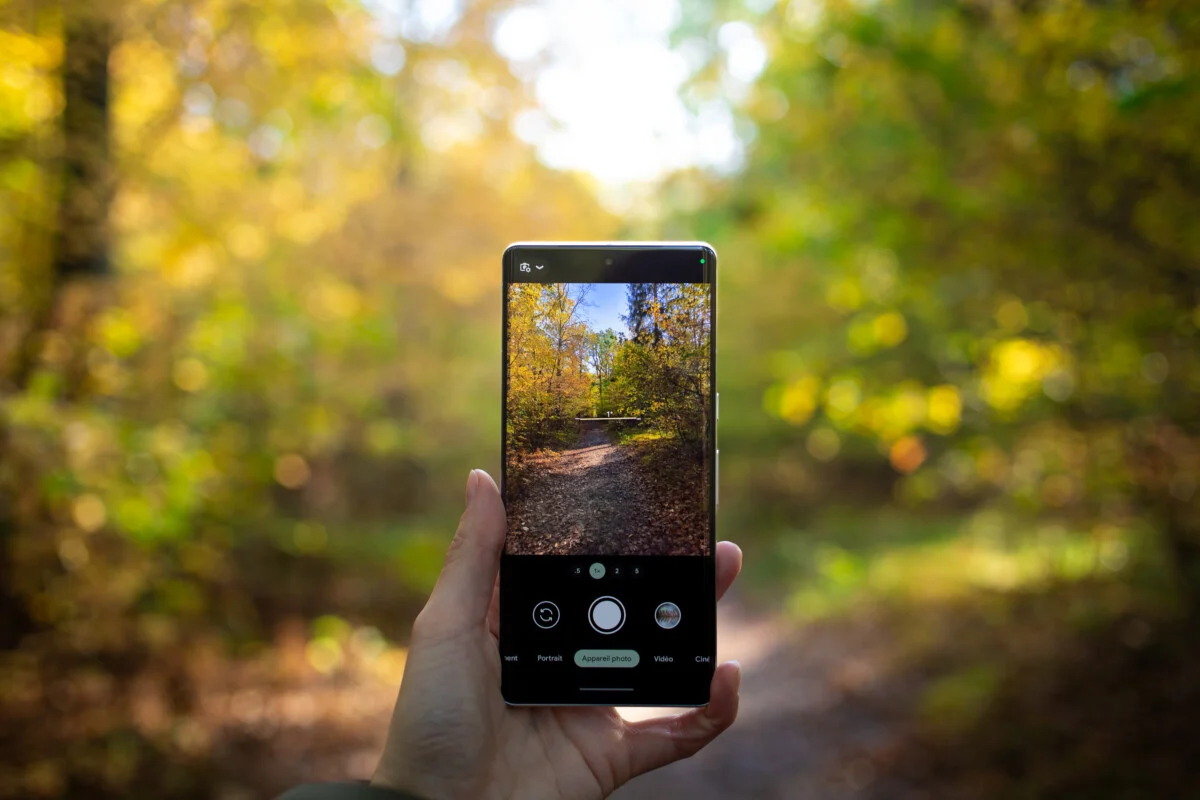
If the Google 7 is a worthy successor to the Pixel 6 with an exceptional camera. It adds kinematic blur to its modes, which enables for very effective background blurring in both photos and videos. A mode that can also be found on the Google 7 Pro. The most expensive model in the line has more than one optical super zoom 5 and a digital zoom 30 with excellent image quality.
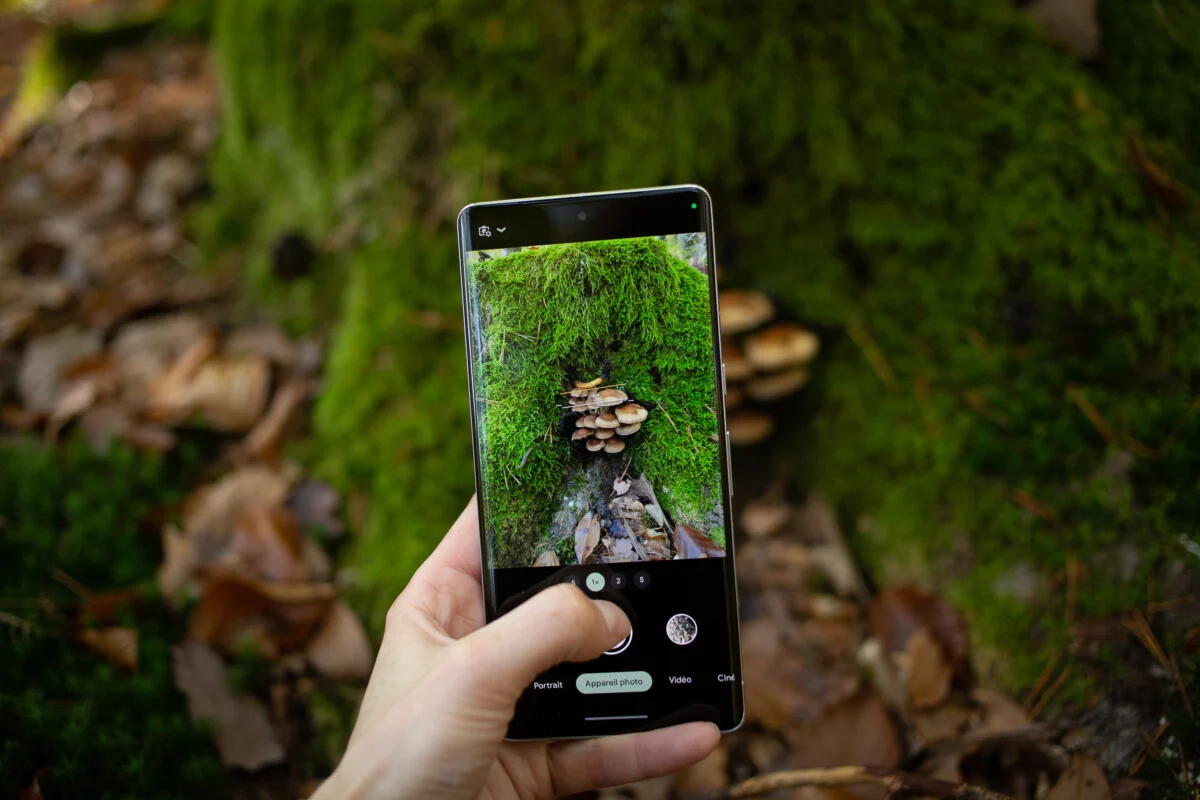
The macro mode on the two smartphones likewise produces impressive results with nearly flawless development in all settings.
The existence of the second generation Google Tensor on the two devices also ensures a noticeable software correction. The colors are even more vibrant than previously, the contrasts are well-balanced, and the exposure is flawless throughout the image.



Finally, for the most experienced photographers, there is a JPEG + RAW mode available on practically all modes of photography, allowing you to fine-tune the image settings even further. And the results are deceptive because the final depiction is comparable to what a professional camera might do.

